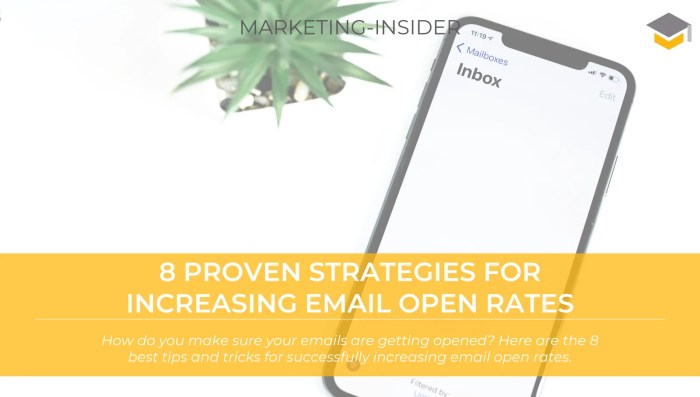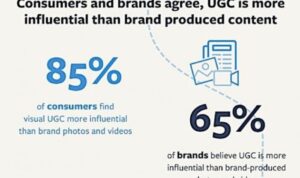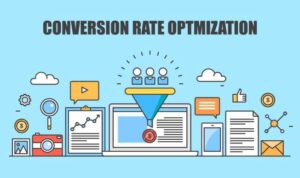Increasing Email Open Rates sets the stage for maximizing your email marketing potential, diving into key strategies and insights to enhance your campaigns like never before. Get ready to elevate your email game to new heights with our exclusive guide.
Email open rates play a crucial role in the success of your marketing efforts, impacting engagement and ultimately your business’s bottom line. By implementing the right techniques, you can skyrocket your open rates and unlock untapped opportunities for growth.
Importance of Email Open Rates: Increasing Email Open Rates

Email open rates are crucial for email marketing success as they directly impact the effectiveness of your campaigns. When subscribers open your emails, it indicates that your content is engaging and relevant to them, leading to higher chances of conversions and sales.
Impact on Overall Campaign Performance
– Higher email open rates can lead to increased click-through rates, ultimately resulting in more website traffic and potential sales.
– Monitoring email open rates allows businesses to evaluate the effectiveness of their subject lines, content, and overall email marketing strategy.
– Low email open rates can negatively affect the reputation of your sender domain and result in your emails being marked as spam, impacting deliverability rates.
Significance for Businesses
– Increasing email open rates is essential for businesses to maximize their ROI from email marketing campaigns.
– By optimizing subject lines, personalizing content, and sending emails at the right time, businesses can improve their email open rates and overall engagement with subscribers.
– High email open rates indicate a strong connection with your audience and can lead to long-term customer loyalty and brand recognition.
Strategies to Improve Email Open Rates
To boost email open rates, it is essential to implement effective strategies that will grab the attention of your audience and entice them to open your emails. Crafting compelling subject lines and optimizing email content are key factors in increasing open rates.
Crafting Compelling Subject Lines
Creating engaging subject lines is crucial in getting recipients to open your emails. A catchy subject line should be concise, relevant, and personalized to the recipient. Use action words, emojis, or numbers to make your subject line stand out in a crowded inbox. Avoid using all caps or spammy language that may trigger spam filters.
Optimizing Email Content, Increasing Email Open Rates
When it comes to the content of your emails, make sure it is visually appealing and easy to read. Use a clean layout, incorporate images, and break up text with bullets or numbered lists for better readability. Personalize the content based on recipient preferences or behavior to increase engagement. Including a clear call-to-action can also prompt recipients to open your emails and take the desired action.
Personalization and Segmentation

Personalization and segmentation play crucial roles in improving email open rates by tailoring content to specific individuals and groups, increasing relevance and engagement.
Personalization
Personalization involves customizing emails based on the recipient’s preferences, behavior, and demographics. This can include using the recipient’s name, past purchases, or browsing history to create targeted and personalized content. By making emails more relevant to the recipient, personalization can lead to higher open rates and engagement.
- Using the recipient’s name in the subject line or greeting can grab their attention and make the email feel more personal.
- Recommendations based on past purchases or browsing history can increase the likelihood of the recipient engaging with the content.
- Personalized product suggestions or promotions tailored to the recipient’s interests can lead to higher click-through rates.
Segmentation
Segmentation involves dividing your email list into smaller, targeted groups based on specific criteria such as demographics, behavior, or engagement level. By sending tailored content to each segment, you can increase relevance and engagement, leading to higher open rates.
- Segmenting your email list based on demographics such as age, location, or gender can help you create more targeted content for different groups of recipients.
- Behavioral segmentation, such as past purchases or website interactions, can help you send personalized content that resonates with the recipient’s interests.
- Segmenting based on engagement level allows you to send re-engagement campaigns to inactive subscribers, increasing the chances of them opening your emails.
Examples of Successful Personalized Email Campaigns
One successful example of a personalized email campaign is Amazon’s recommendation emails, which use past purchase history and browsing behavior to suggest products the recipient is likely to be interested in. Another example is Spotify’s personalized playlists, which are curated based on the user’s listening habits and preferences, increasing engagement and retention.
A/B Testing and Data Analysis
A/B testing in email marketing involves sending out two variations of an email to different segments of your audience to see which performs better in terms of open rates, click-through rates, and conversions. By analyzing the results of these tests, marketers can make data-driven decisions to optimize their email campaigns for better engagement.
Utilizing Data Analysis
Data analysis plays a crucial role in optimizing email open rates. By examining metrics such as open rates, click-through rates, bounce rates, and conversion rates, marketers can identify trends, patterns, and areas for improvement in their email campaigns. This data-driven approach allows for targeted adjustments to be made to content, design, timing, and segmentation strategies to maximize the impact of email campaigns.
- Utilize email marketing platforms that offer robust analytics and reporting features to track and measure the performance of your email campaigns.
- Regularly monitor key metrics such as open rates, click-through rates, and conversions to identify areas of improvement.
- Segment your audience based on behavior, demographics, and preferences to deliver more personalized and targeted content.
- Use data analysis to identify high-performing email content and replicate successful strategies in future campaigns.
Remember, data analysis is not just about looking at numbers, but about deriving actionable insights that can drive meaningful improvements in your email marketing efforts.
Interpreting A/B Test Results
When interpreting A/B test results to improve open rates, it’s essential to focus on statistically significant differences between the two variations. Look for patterns in subscriber behavior, such as which subject lines, images, or calls-to-action resonate best with your audience. Use these insights to refine your email content and design for future campaigns.
- Compare open rates, click-through rates, and conversion rates between the two variations to determine which performs better.
- Consider other factors like time of day, day of the week, and device preferences when analyzing A/B test results.
- Test one element at a time to isolate variables and accurately measure the impact of changes on open rates.
- Continue to iterate and test new variations based on previous results to continuously optimize your email marketing strategy.





